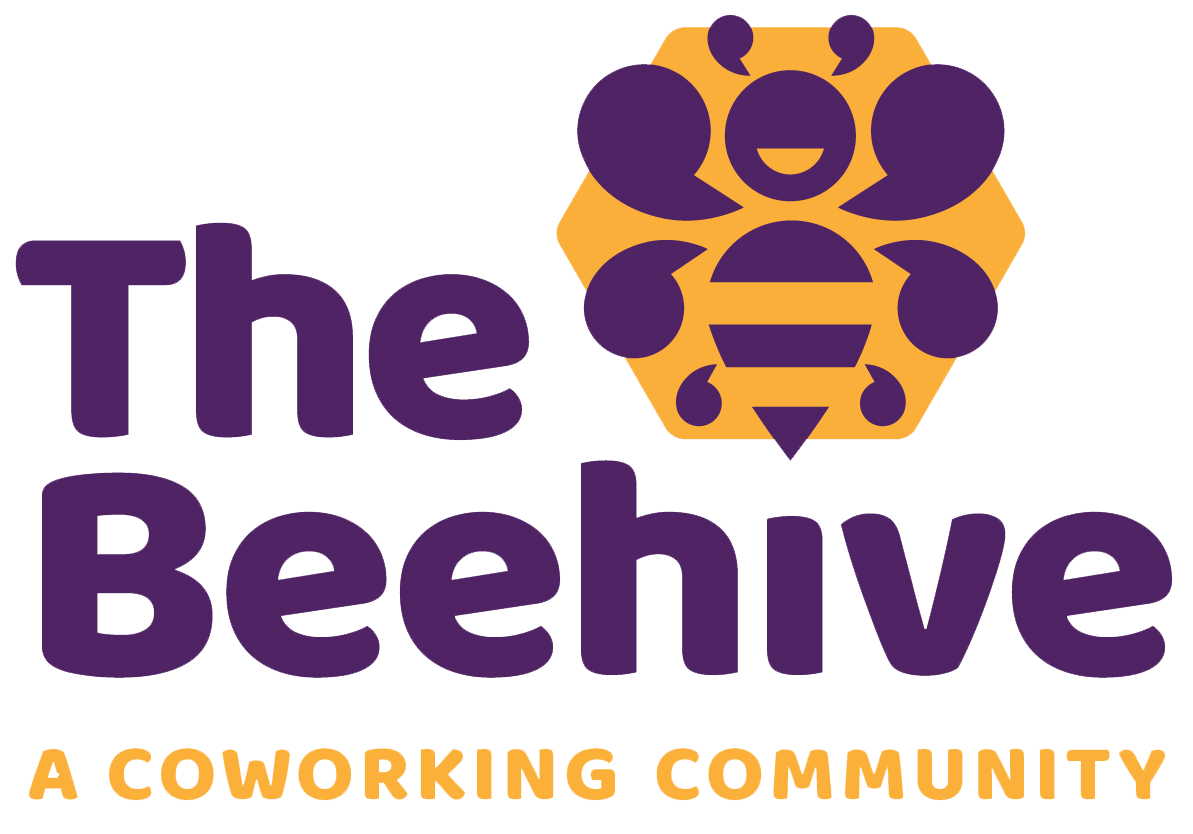Photo by Andreas Klassen on Unsplash.
Do you find yourself frustrated at the end of the workday, staring at an incomplete to-do list despite spending hours at your desk? Fear not; productivity is a puzzle many are still trying to solve. Luckily, we’ve compiled powerful strategies from Kat Boogaard’s insightful article to help you conquer your tasks and thrive in a coworking space.
1. Manage Your Energy, Not Just Your Time:
Dr. Melissa Gratias, a workplace productivity coach, emphasizes the importance of understanding your body’s natural ebbs and flows. Identify your biological prime time by keeping a journal. Coworking spaces, with their dynamic environments, enable you to allocate your deep, complex work to your peak hours, maximizing your productivity.
2. Build a Better To-Do List:
Whittle down your to-do list to priorities. Choose between five and nine tasks, aligning with the psychological principle of “The Magical Number Seven, Plus or Minus Two.” Coworking spaces provide an ideal setting to reflect on and refine your daily priorities, ensuring realistic expectations for your day.
3. Tune Out Distractions:
Distractions, both self-imposed and environmentally imposed, are productivity roadblocks. Gratias suggests methods like closing your email tab, setting up an autoresponder, and using browser blockers. In a coworking space, you have the freedom to curate your environment, making it easier to minimize distractions.
4. Focus on One Thing at a Time:
Contrary to popular belief, multitasking is a productivity myth. The human brain is not wired for it. Coworking spaces offer an environment where you can cultivate focused work. Utilize external self-talk to verbally commit to one task at a time, enhancing your concentration and overall productivity.
5. Batch Your Tasks:
Repeatedly switching between different types of work can be mentally draining. Try batching similar tasks together in a coworking space, allowing you to use different parts of your brain more efficiently. This systematic approach to your work optimizes your mental resources and minimizes strain.
6. Prioritize Healthy Habits:
Productivity extends beyond the workday. Small changes, such as drinking water before your morning coffee or setting hourly stretch reminders, contribute to sustained energy levels. Coworking spaces often provide an environment that promotes overall well-being, supporting your healthy habits.
7. Take a Break (or a Few):
Studies show that regular breaks enhance productivity. In a coworking space, where a dynamic community surrounds you, it’s easier to adopt time management techniques like the Pomodoro Technique. Use these breaks to step outside for fresh air, revitalizing your mind for increased productivity.
8. Refine Your Workspace:
Curate a workspace that supports focus and motivation. In a coworking space, this could mean ergonomic accessories, positioning your desk near natural light, or adding a plant to enhance your environment. A well-thought-out workspace contributes to increased productivity and a sense of well-being.
9. Change Your Scenery:
Coworking spaces offer the flexibility to switch up your environment. Move from your desk to a communal area or even take your laptop to a nearby coffee shop. Novelty sparks dopamine release, boosting motivation and focus, making you more productive.
10. Let Go of Perfectionism:
Perfectionism can hinder progress. Set realistic time constraints using a timebox strategy to avoid endless tweaking. In a coworking space, where a diverse community surrounds you, the acceptance of progress over perfection is encouraged, fostering a culture of continuous improvement.
By incorporating these strategies into your work routine in a coworking space, you can take control of your productivity, transforming your end-of-day reflections from disheartening to gratifying. Coworking spaces provide the ideal backdrop for implementing these tips, offering a dynamic and supportive environment for your professional growth.
If you are ready to give coworking a shot, sign up for a free trial at the Beehive!
This article was written by Beehive employees with the help of Open AI and this article by Atlassian.
